Is The Belgian Malinois Right For You? A Comprehensive Breed Overview

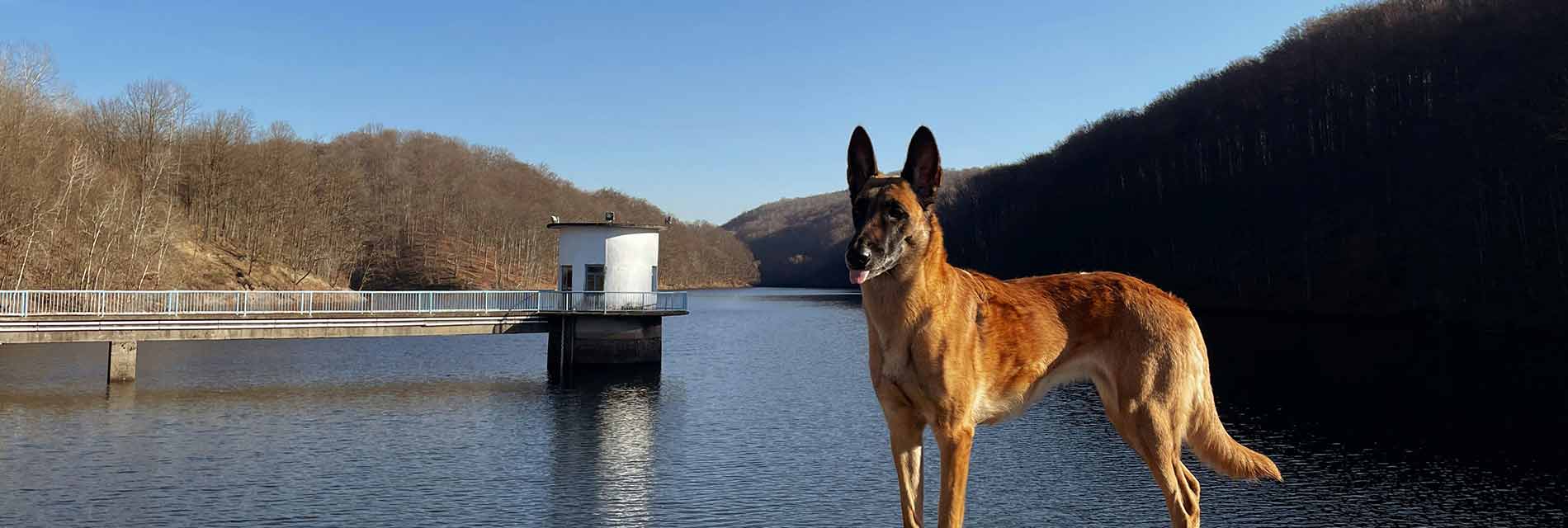
The Belgian Malinois is a highly attractive, intelligent and versatile breed that has managed to capture the hearts of dog lovers around the world.
This remarkable breed has a well-documented rich history and a variety of characteristics that make it a favorite among dog enthusiasts.
In this article, we will delve into the origin and history of the Belgian Malinois, as well as explore its training and exercise needs, grooming requirements, and physical and characteristic traits.
Origin And History Of Belgian Malinois
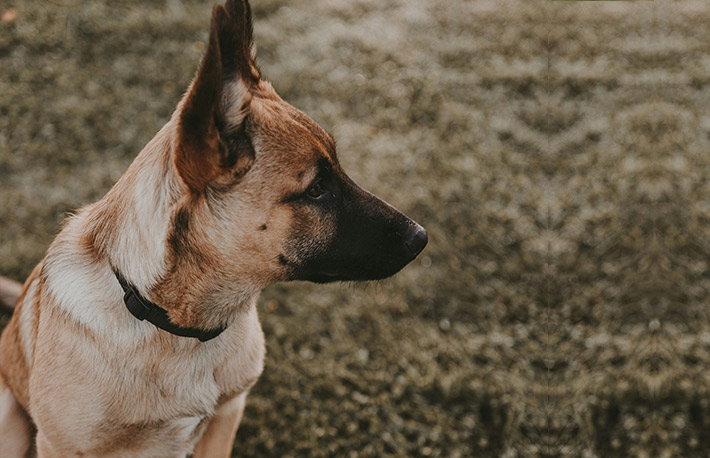
The Belgian Malinois is one of four types of Belgian herding dogs, along with the Tervuren, Laekenois, and Groenendael. These four breeds of dogs are collectively referred to as the Belgian Sheepdog. The Malinois descends from a common type of herding dog breed that was prevalent throughout Western Europe and known as the “continental shepherd dog.” Other common dog breeds with the same ancestor as the Belgian Malinois include the German Shepherds, French Shepherds, and Dutch Shepherds.
For centuries, these dogs assisted Belgian shepherds, likely looking quite different from the standardized Malinois we know today. They were bred to be intelligent, hardworking, and versatile dogs that could handle the rough terrain and harsh weather conditions of the region.
However, by the late 1800s, a desire for breed standardization emerged in Belgium.
The Belgian Shepherd Club was formed in Brussels in 1891, aiming to solidify the breed’s characteristics. After the formation of the club, a panel of judges, including veterinary professor Adolphe Reul, grouped all existing Belgian Shepherds into different categories. This classification was done based on coat type, color, and length: long-haired black coat (Groenendael), short-haired fawn coat (Malinois), long-haired fawn coat (Tervuren), and rough-haired, wiry coat (Laekenois).
All four dog breeds were named after the regions in which they originated. The Belgian Malinois got its name from the city of Malines (Malines being the French name for Mechelen), Belgium, hence the name “Malinois.”
How Did The Belgian Malinois Become A Favorite Of The Military?
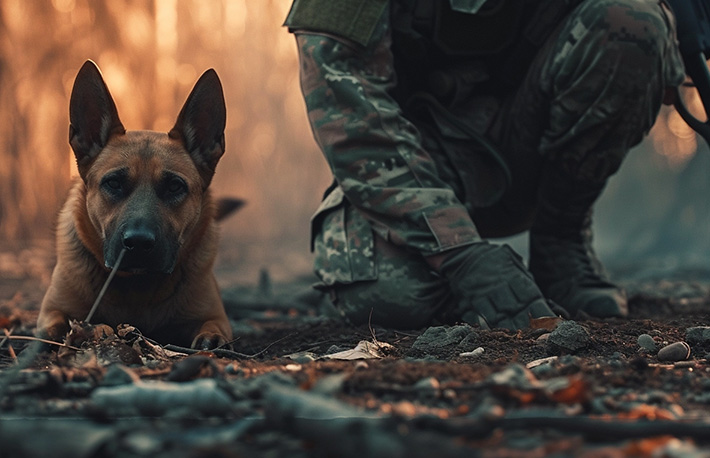
Originally, the Belgian Malinois worked on farms where their main tasks were herding and guarding livestock. Apart from this, the Malinois also performed a variety of other jobs, such as pulling carts.
In the early 1900s, the breed caught the attention of the Belgian military, who recognized their exceptional qualities and started using them as messenger dogs, light machine-gun cart dogs, and ambulance cart dogs during World War I.
The dogs proved to be invaluable, and their bravery and loyalty earned them a special place in the hearts of soldiers. After the war, the breed gained popularity in other parts of Europe and eventually made its way to the United States in 1911. The Belgian Malinois was recognized by AKC in 1959.
However, World War I and World War II significantly impacted Belgian Shepherd kennels, with a decline in Malinois numbers. Moreover, the rise of the popularity of the German Shepherd dog breed in the USA further overshadowed the Malinois for a period.
Today, the Belgian Malinois enjoys renewed popularity all over the world. This is mainly due to their strong work ethic and loyalty. It can be found working alongside the military, police, and search and rescue teams. They are also popular as family pets and excel in various dog sports, such as agility, obedience, and tracking competitions.
Belgian Malinois Breed At A Glance
Here are some quick facts about the Belgian Malinois Breed:
| Category | Beed Facts |
| Breed Group | Herding |
| Height | 24-26 inches (Male) 222-24 inches (female) |
| Weight | 60-80 pounds (Male) 40–60 pounds (female) |
| Lifespan | 14-16 years |
| Temperament | Intelligent, loyal, protective, and territorial |
| Coat Type and Coat length | Double-coated, short and smooth in texture |
| Shedding Level | Moderate |
| Energy Level | High |
| Training Difficulty Level | Easy to train |
Belgian Malinois Breed Overview
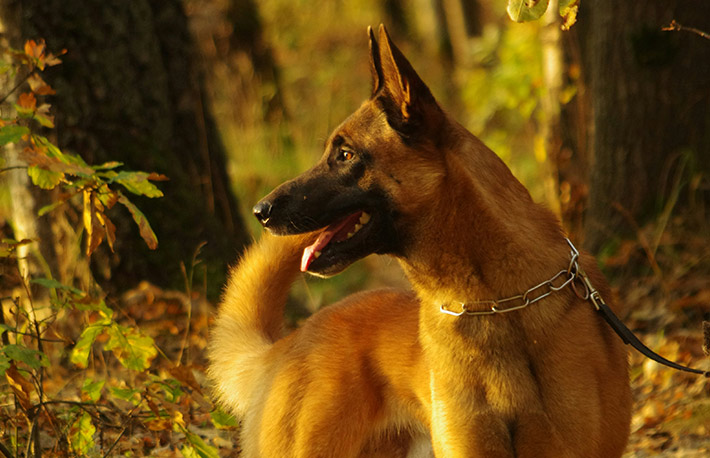
The Belgian Malinois is known for its loyalty, intelligence and work ethic. It is also considered one of the best military dog breeds. Here is a deeper dive into its physical and characteristic traits, lifespan, common health issues, training, and exercise needs.
Read on to learn more about this amazingly versatile dog breed.
Physical Traits
At first glance, the breed looks quite similar to the German Shepherd. However, there are some subtle differences. The Belgian Malinois is a medium-sized breed, with males standing between 24 and 26 inches tall and females between 22 and 24 inches. They typically weigh between 50-80 pounds, with males being slightly larger and heavier than females. The breed has a muscular and athletic build, with a deep chest and a strong, well-proportioned body.
The Belgian Malinois has a wedge-shaped head with a long, narrow muzzle and dark, almond-shaped eyes. They have high-set, triangular ears that stand erect when alert, giving them an alert and attentive expression. The breed’s coat comes in a variety of colors, including fawn, mahogany, and red, with black-tipped hairs. They may also have a black mask on their face and a black overlay on their back.
Characteristic Traits
The Belgian Malinois is an intense and driven breed that is always on high alert. They have a high prey drive and a natural protective instinct, making them excellent guard dogs. However, these traits also mean that they may not be suitable for inexperienced dog owners or families with small children.
The breed is known for its unwavering loyalty and devotion to its family. They make excellent companions and will always be by their owner’s side, whether at work or home. The Belgian Malinois is also highly affectionate and loves to cuddle and be a part of the family.
They have a strong work ethic and excel in various jobs, including herding, tracking, and detection work. Their intelligence, athleticism, and high energy level make them perfect for these tasks. However, it is essential to keep them mentally and physically stimulated to prevent boredom and destructive behavior. Because of similarity in appearance and characteristic traits, the Belgian Malinois is sometimes mistaken for a German Shepherd. So, you should thoroughly German Shepherd vs Belgian Malinois if you are planning to adopt any one of the breed.
Lifespan and Common Health Issues
According to Petmd, the average lifespan of a Belgian Malinois is around 10-14 years. However, it’s important to note that this timeline may vary for individual dogs may vary. Many factors can influence their lifespan, such as genetics, overall health care, diet, exercise, and living conditions.
Overall, the Belgian Malinois is considered a relatively healthy breed. However, like all dog breeds, they may be prone to certain health issues.
Some of the common health problems that can affect Belgian Malinois are as follows:
Hip Dysplasia: It is a hereditary condition where the hip joint doesn’t develop properly. It can lead to discomfort, lameness, and arthritis. Responsible breeders perform hip evaluations on their breeding dogs to reduce the risk of passing on this condition.
Elbow Dysplasia: Similar to hip dysplasia, elbow dysplasia is a developmental condition that affects the elbow joint. It can cause lameness and arthritis in the affected limb.
Progressive Retinal Atrophy (PRA): This medical condition is a group of genetic eye disorders that cause gradual loss of vision and can lead to blindness. Regular eye examinations by a veterinary ophthalmologist can help detect and manage PRA.
Epilepsy: Belgian Malinois may be prone to epilepsy, a neurological disorder characterized by recurrent seizures. Seizures can vary in frequency and severity, and treatment options are available to manage the condition.
Allergies: Some Belgian Malinois can develop allergies to certain foods, environmental factors, or substances. Allergies may manifest as skin irritations, itching, gastrointestinal problems, or respiratory issues.
Gastric Dilatation-Volvulus (Bloat): This is a potentially life-threatening condition that affects deep-chested breeds, including the Belgian Malinois. It involves the stomach dilating and twisting, leading to a blockage of blood flow. Immediate veterinary attention is necessary if bloat is suspected.
Training and Exercise Needs
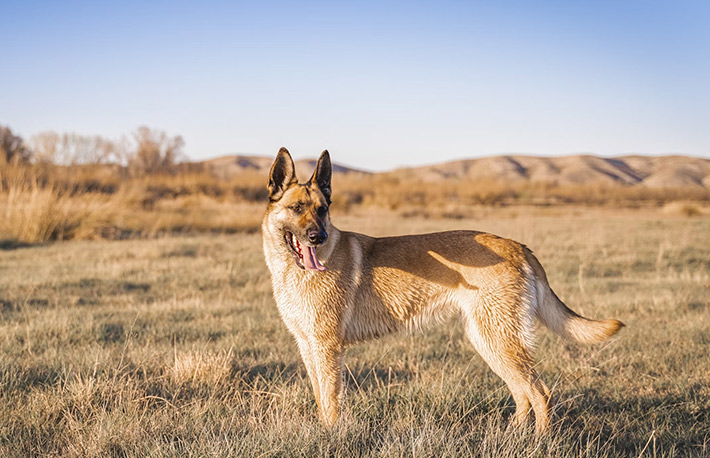
The Belgian Malinois is a high-energy breed that requires regular exercise and a lot of mental stimulation to thrive. They have a strong desire to work and are happiest when given a job to do. This makes them an excellent choice for active individuals or families with an active lifestyle.
Training a Belgian Malinois requires patience, consistency, and positive reinforcement. Due to their intelligence and eagerness to please, they are quick learners and excel in obedience training. However, it is essential to start training at a young age to prevent any potential behavioral issues. Early socialization is also crucial to ensure that they grow up to be well-adjusted and well-behaved dogs.
In addition to obedience training, the Belgian Malinois also benefits from participating in dog sports. These activities not only allow them to use their physical abilities but also provide mental stimulation. It is essential to vary their training and exercises to prevent boredom, as this breed can become destructive if left alone for extended periods.
Here are some more tips on training a Belgian Malinois:
Tip 1: Begin Training as Early as Possible.
Start training your puppy as early as possible, preferably from 8 weeks (about 2 months) old. This will help you establish a strong bond and teach your dog the basic commands and manners. Use positive reinforcement and reward-based training techniques to motivate your dog and make training fun. This can include anything from pets and praises to treats and toys. Also, make sure to avoid harsh or aggressive methods, as they can damage your dog’s trust and confidence.
Tip 2: Socialization is Key
Socialize your dog with a variety of people, animals, and environments, especially during the first 4 to 18 weeks (about 4 months) of age. This will help your dog become confident and relaxed around others and prevent fear or aggression.
Expose your dog to different sights, sounds, smells, and textures, and let your dog explore at their own pace. Always supervise your dog and protect them from negative experiences.
Tip 3: Keep your Belgian Malinois mentally and physically stimulated
Provide your dog with enough physical and mental exercise every day. The Belgian Malinois is a very active and intelligent breed that needs at least an hour of vigorous exercise and several hours of mental stimulation per day.
You can play fetch, tug, or frisbee with your dog, take them for long walks or hikes, enroll them in dog sports, or teach them new tricks and games. You can also use interactive toys, puzzles, and food-dispensing devices to keep your dog busy and entertained.
Tip 4: Consistency and Patience is the key
Be consistent and patient with your dog. The Belgian Malinois is a fast learner, but they can also be stubborn and independent. You need to be clear and firm with your expectations and rules and repeat them until your dog understands and follows them.
You also need to be patient and calm and avoid getting frustrated or angry with your dog. If you encounter any difficulties or challenges, you can seek professional help from a dog trainer or behaviorist.
Grooming Requirements
The Belgian Malinois has a short, straight, and weather-resistant coat that requires minimal grooming. They have a double coat, with a thick undercoat and a dense outer coat that sheds seasonally. During shedding season, which occurs twice a year, they will require more frequent brushing to remove dead hair and prevent matting.
Other than seasonal shedding, the Belgian Malinois is a low-maintenance breed when it comes to grooming. They only need occasional baths and nail trimming. However, it is essential to regularly check their ears and clean them, if necessary, as this breed is prone to ear infections due to their floppy ears. It is also crucial to brush their teeth regularly to maintain good oral hygiene.
Is The Belgian Malinois a Suitable Breed for You?
The Belgian Malinois is a remarkable breed with a rich history and a variety of characteristics that make it a favorite among dog lovers. Their origin as herding and guard dogs, their exceptional working abilities, and their unwavering loyalty and devotion to their families all contribute to making them one of the most popular breeds in the world.
However, it is essential to note that the Belgian Malinois is not suitable for everyone. They require a significant commitment in terms of training, exercise, and socialization to thrive. If you are an active individual or family looking for a devoted and hardworking companion, then the Belgian Malinois may be the perfect breed for you. Just remember to do your research and choose a reputable breeder to ensure that you bring home a healthy and well-socialized puppy.





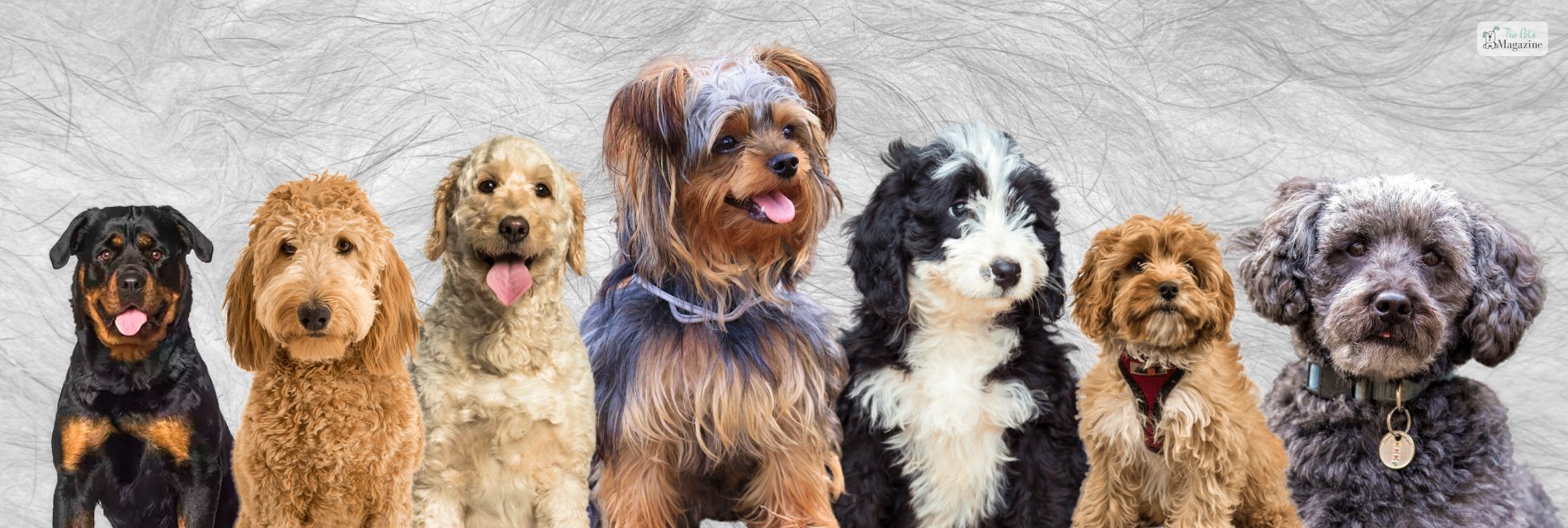
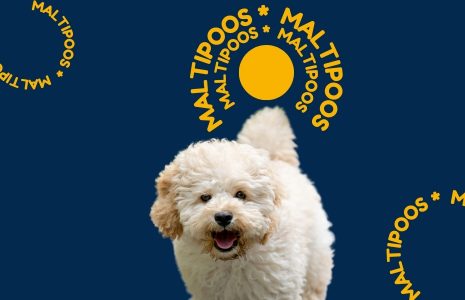
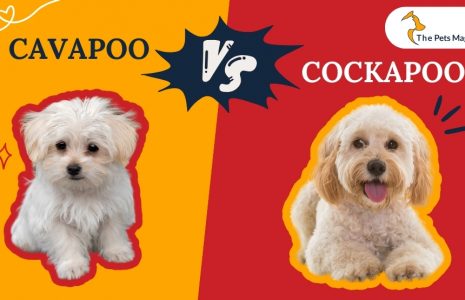
Leave A Comment